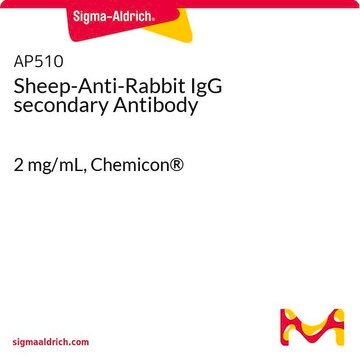Recommended Products
carrier
PAA carrier
conjugate
biotin conjugate
product line
BP-Series
assay
95% (H-NMR)
form
lyophilized powder
mol wt
~20,000 Da
manufacturer/tradename
GlycoNZ
extent of labeling
20 mol% Biotin ligand density
technique(s)
flow cytometry: suitable
glycol-bead construction: suitable
glycol-surface construction: suitable
probe type
monosaccharide
probe presentation
polymeric
application(s)
histochemistry
storage temp.
−20°C
Related Categories
General description
This series of glycoconjugate probes includes HOCH2CH2NH3+-salts for acidic sugars. The affinity of these probes is 102 to 105 times higher than that of the corresponding free sugars. The spacer-arm is normally –(CH2)3–, while the spacer arm for biotin is –(CH2)6–. The flexible polymer chain behaves as an additional spacer.
Used as a high molecular weight carrier, poly[N-(2-hydroxyethyl)acrylamide], abbreviated as PAA, has low non-specific sorption, and is stable to chemical and proteolytic action.
Application
Preparation Note
Storage Class
13 - Non Combustible Solids
wgk_germany
WGK 3
flash_point_f
Not applicable
flash_point_c
Not applicable
Choose from one of the most recent versions:
Certificates of Analysis (COA)
It looks like we've run into a problem, but you can still download Certificates of Analysis from our Documents section.
If you need assistance, please contact Customer Support.
Already Own This Product?
Find documentation for the products that you have recently purchased in the Document Library.
Our team of scientists has experience in all areas of research including Life Science, Material Science, Chemical Synthesis, Chromatography, Analytical and many others.
Contact Technical Service






